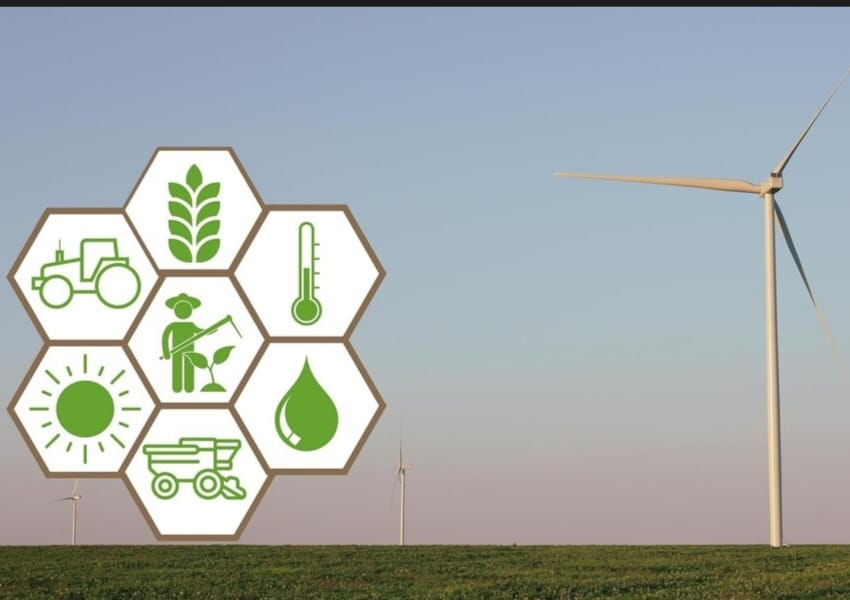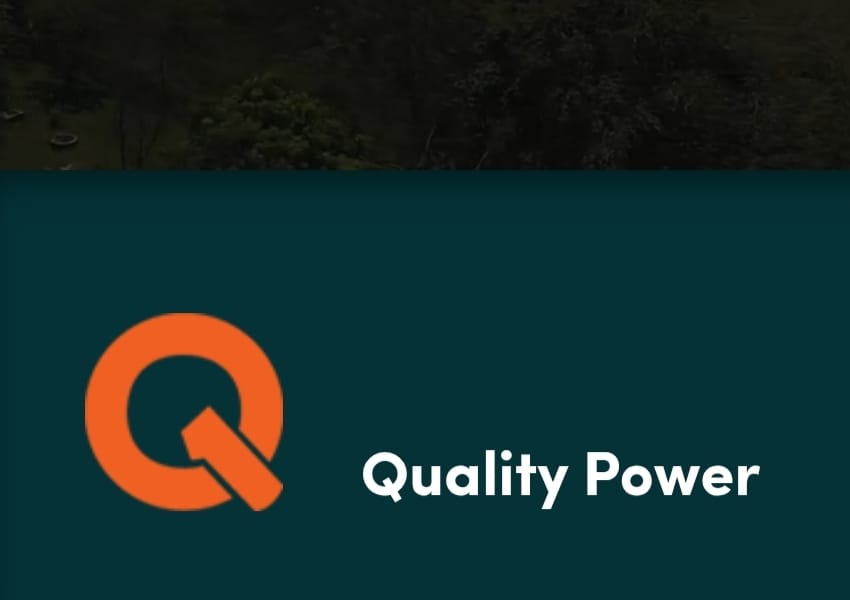Need To Re-Evaluate Pearl Millet Cultivation Amid Climate Change: Study

Amid shifting weather patterns and evolving agricultural priorities, the study urges a timely revision of the classification criteria governing pearl millet cultivation zones, established in 1979
There is a need to re-evaluate how and where pearl millet, also called bajra, is grown in India amid changing climate conditions, according to the latest study by ICRISAT and ICAR-AICRP.
Pearl millet an essential cornerstone of India’s food security finds itself at a critical juncture, it said.
Amid shifting weather patterns and evolving agricultural priorities, the study urges a timely revision of the classification criteria governing pearl millet cultivation zones, established in 1979.
Currently, India’s zones are based on rainfall and soil type A1 for arid regions in Rajasthan, A for semi-arid regions in North and Central India, and B for semi-arid regions with heavy soils in South India.
The proposed changes suggest re-evaluating the A zone, considering evolving climate conditions, it added.
The study was conducted by the International Crops Research Institute for the Semi-Arid Tropics (ICRISAT) and the Indian Council of Agricultural Research – All India Coordinated Research Project on Pearl Millet (ICAR-AICRP).
This new classification system aims to optimise pearl millet production to effectively assist policymakers, researchers, and farmers to make better evidence-based decisions, he said.
The existing A zone can be broken down into three distinct subzones — G, AE1, and AE2, covering the states in North and Central India.
The G zone encompasses Gujarat, AE1 covers East Rajasthan and Haryana, and AE2 covers Uttar Pradesh, according to the study.
The new zoning framework identifies ‘AE1′ as the core of India’s pearl millet production, where favourable climate and soil conditions, along with improved pearl millet varieties, have led to significant yield increases.’
AE2′ shows promising yield progress and better farming practices, offering potential for export-oriented gains.
The G zone is experiencing more rainfall due to climate changes, which may lead farmers to shift towards cash crops and limit pearl millet cultivation to the summer season.
The study used digital technology and crop models to re-evaluate the zones, creating a “digital twin” of the pearl millet system. This digital twin helps design crops and strategies tailored to the current and future climate conditions of each region.
(Inputs from PTI)




































































































































































































































































































































































































































































































































































































































































































































































































































































































































































































































































































































































































